Contents
- Light
- Soil
- Water
- Heat and Moisture Levels
- Fertilizer
- Varieties of Haworthia Cooperi
- Cultivating Haworthia Cooperi through propagation.
- Transplanting and Replanting Haworthia Cooperi
- Frequent Insects and Plant Illnesses
- Frequent Issues Encountered with Haworthia Cooperi
- Stretching
- Shriveling
- Wrinkling
- Leaves Changing to Brown
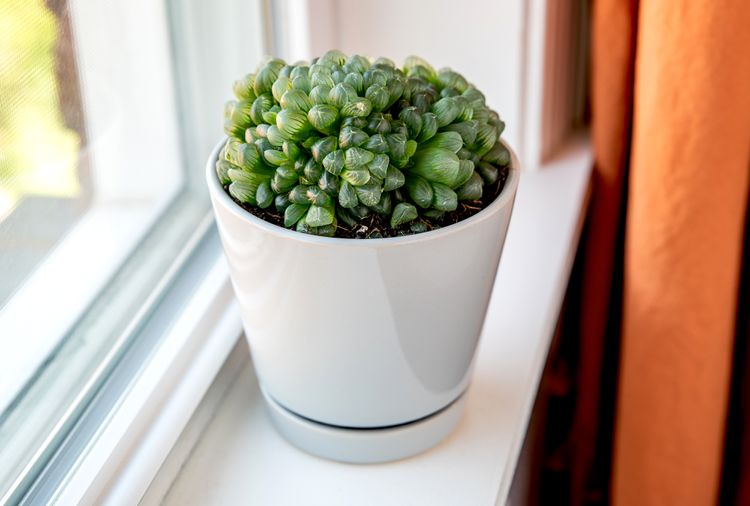
There is a wide variety of adaptable and easy-to-care-for succulents available. If you want a striking conversation starter, consider seeking out the unique succulent known as Cooper’s Haworthia (Haworthia cooperi).
This compact, slow-growing species showcases green leaves that form appealing rosette clusters, characterized by triangular or rounded tips and bristly edges. A distinctive feature of this plant is the translucent quality of its fleshy tips. In certain varieties, the tips are entirely clear, while others display translucent streaks. With a bit of luck, you may also witness the emergence of pinkish-white flowers on elongated stems in the spring or summer.
Continue reading to discover more about this intriguing plant.
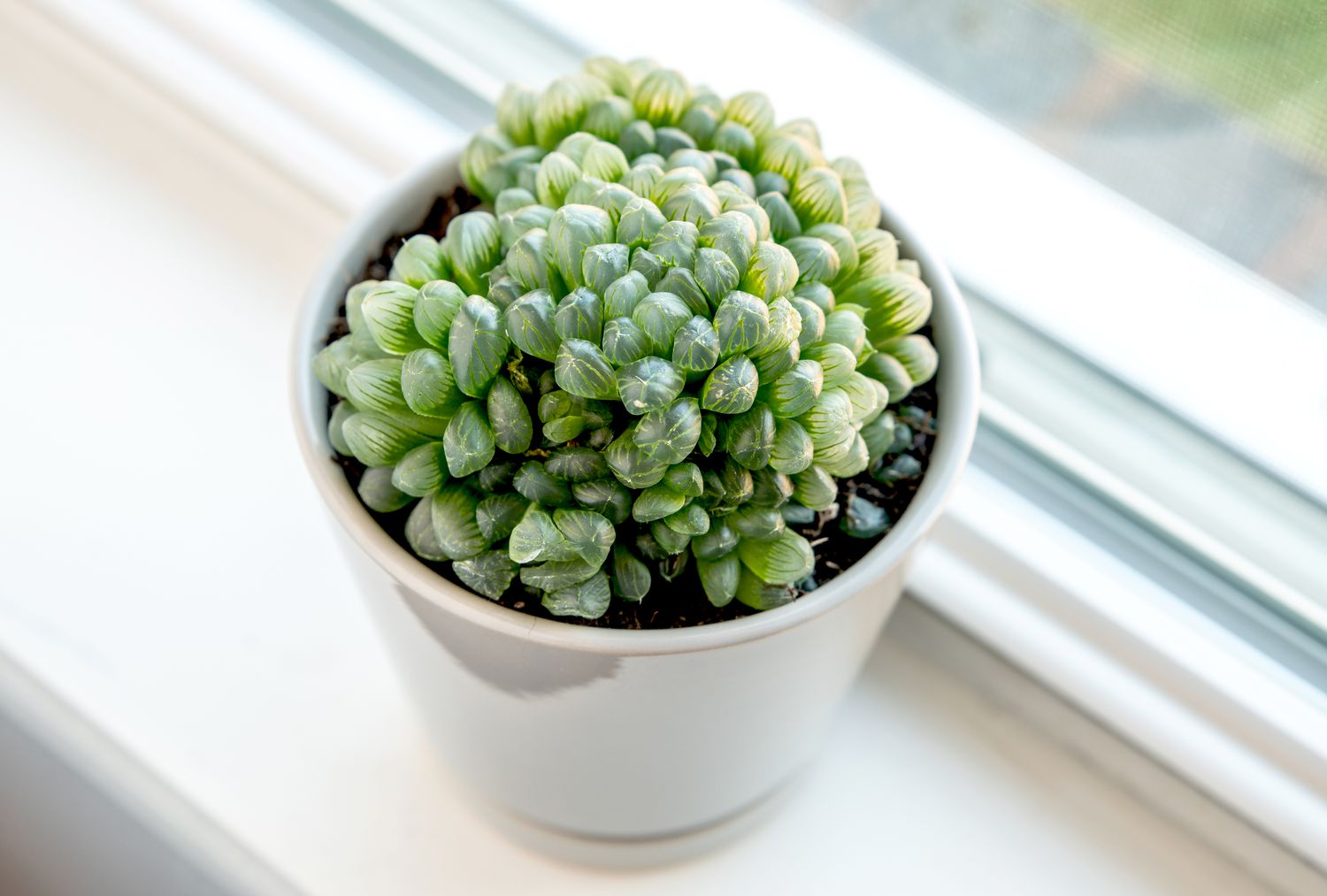
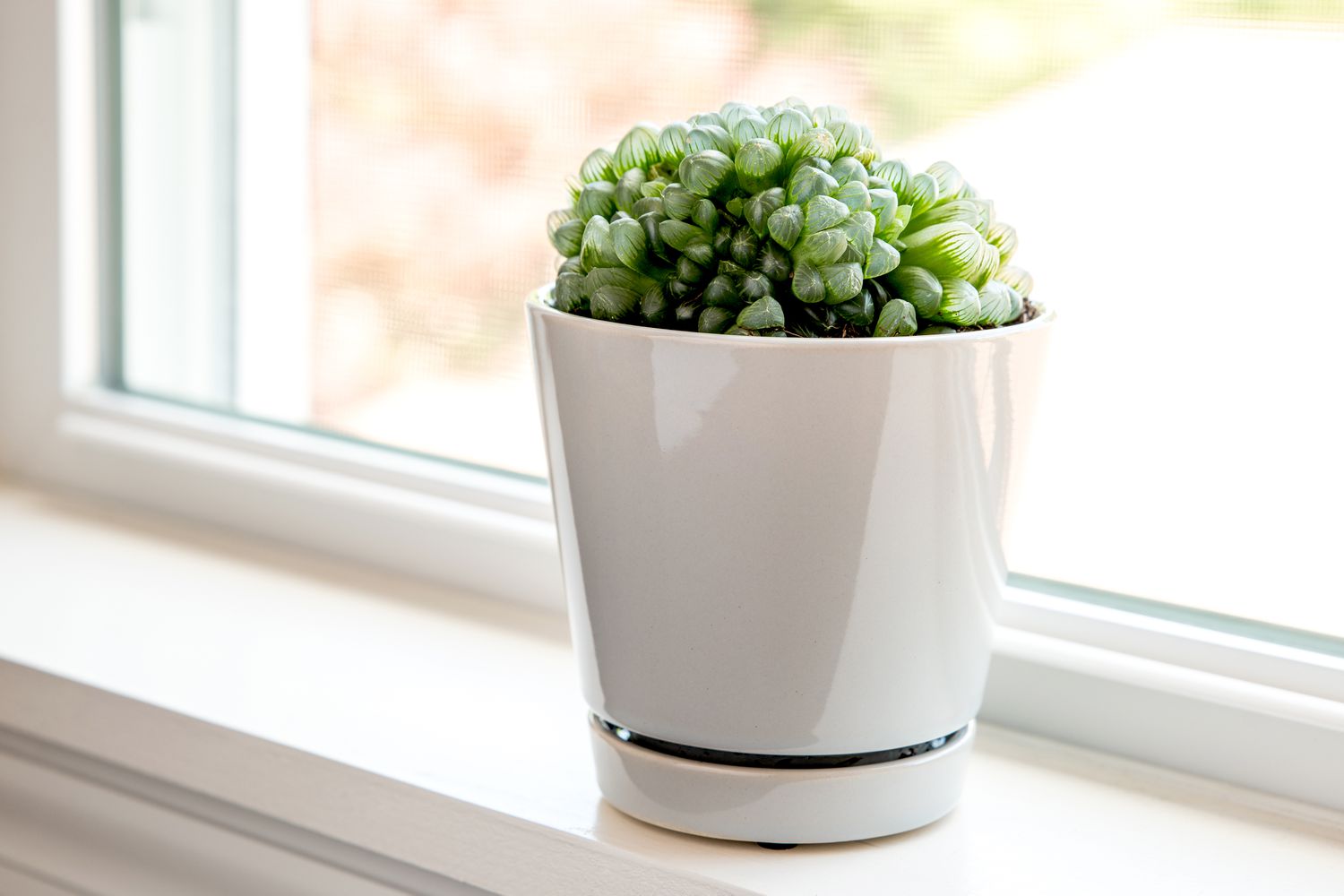
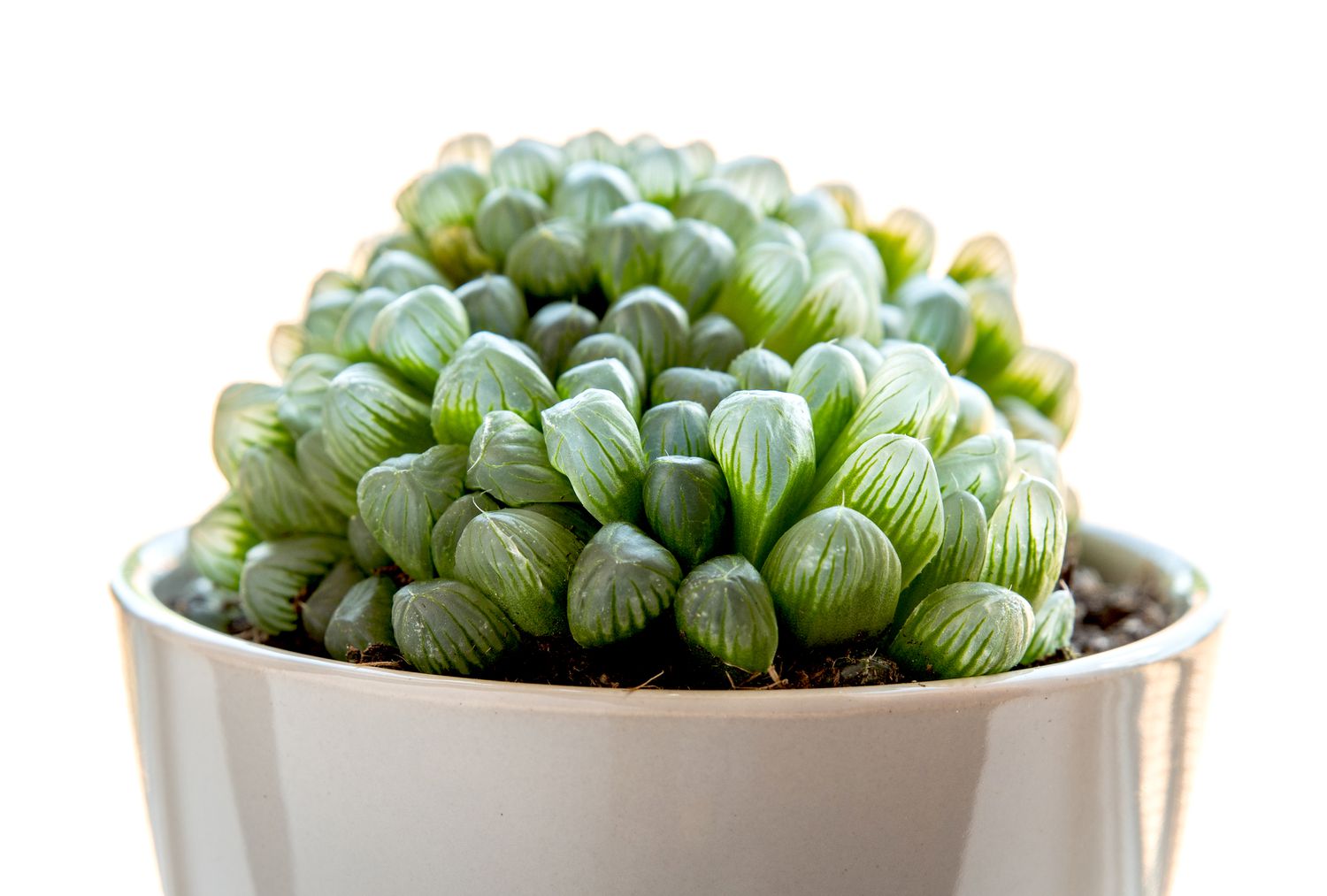
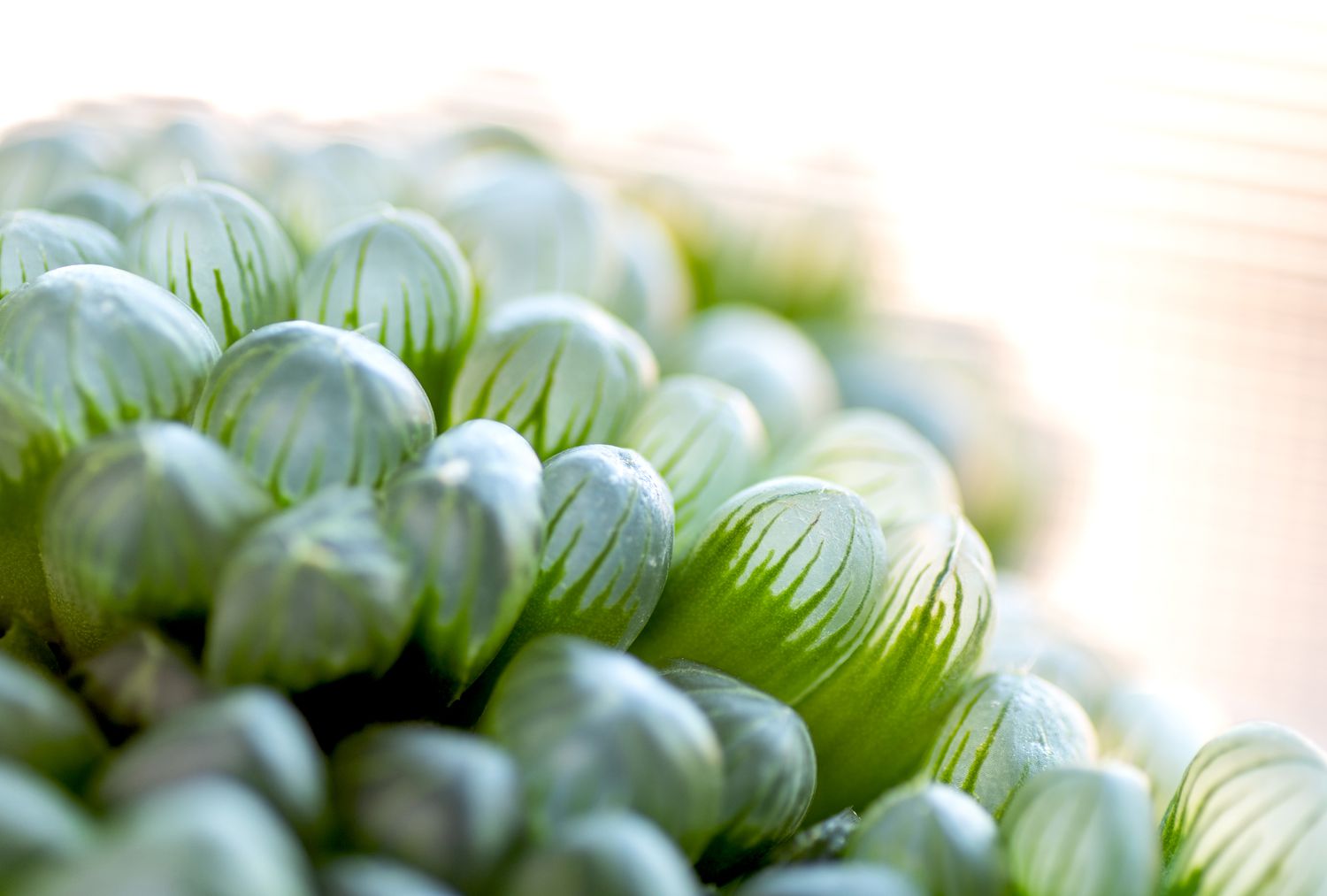
Light
In contrast to numerous succulents, these houseplants that are safe for pets thrive without requiring direct sunlight. They prefer bright, indirect light and can tolerate some partial shade. However, excessive sunlight can lead to the compact green leaves losing their color and taking on a yellow or reddish hue. Conversely, if they are placed in too much shade, the plants may grow tall and leggy, a condition known as etiolation, as they stretch towards the light. Insufficient sunlight can also diminish the likelihood of flowering. An ideal location for these plants is in or near a window that faces east.
Soil
Placing your Haworthia cooperi in standard potting soil will hinder its growth. This succulent requires a potting mix that is light and drains quickly. A pre-packaged cactus mix is a good option, and mixing it with coarse sand can enhance drainage. Alternatively, you can create your own mix by combining equal amounts of potting soil, perlite, and coarse sand or pumice, which will provide optimal aeration and drainage. In its natural habitat, these plants are typically found in arid conditions, often partially buried in sand with only their translucent tips visible.
Water
It’s easier to underwater than to overwater this drought-resistant plant. To prevent root rot, wait to water your Haworthia cooperi until the soil is nearly dry. Instead of relying solely on visual cues or a fixed schedule, test the soil moisture by inserting your finger. Water thoroughly, but ensure to eliminate any surplus water to avoid the plant sitting in it. Additionally, be sure to decrease your watering routine during the winter dormancy period.
Utilizing water at room temperature instead of cold can prevent unnecessary stress on your plant. Additionally, ensure that excess water does not accumulate in the rosette clusters, as this can lead to fungal infections and leaf decay.
Heat and Moisture Levels
Succulents thrive in warm climates, and the Haworthia cooperi is no different. This species favors temperatures exceeding 50 degrees Fahrenheit. Nevertheless, it exhibits greater cold tolerance compared to certain other succulents and can endure brief periods in temperatures as low as 30 degrees Fahrenheit.
These plants prefer not to be overly moist, which makes them suitable for typical indoor humidity conditions. Ensuring that your Haworthia cooperi is placed in an area with good air circulation is essential. This plant does not thrive when placed too closely with other plants in your collection.
Fertilizer
These gradually developing plants do not require a lot of nutrients, so it’s best not to over-fertilize. They can thrive without any feeding, but if you’re looking to enhance their growth, consider applying a diluted, low-nitrogen fertilizer designed for succulents or cacti. Fertilizing a few times, at the beginning and conclusion of the growing season, should suffice.
Varieties of Haworthia Cooperi
This species encompasses numerous varieties. While each of them is uncommon, certain types may be harder to find than others. Among the more recognized varieties are:
- Haworthia cooperi var. pilifera showcases dense green foliage with a hint of blue. The hair-like structures along the edges are less prominent compared to certain other varieties.
- Haworthia cooperi var. dielsiana showcases thick, blue-green leaves that have rounded edges and are smooth along the borders.
- Haworthia cooperi var. venusta features blue-green foliage that takes on a reddish tint under intense sunlight, and its distinctive fuzzy tips are adorned with a layer of delicate white hairs.
Cultivating Haworthia Cooperi through propagation.
Although propagating Haworthia cooperi from seeds is an option, obtaining seeds can be quite difficult. A more accessible method is to propagate the plant by separating offsets, or pups, from the main plant, similar to the process used for aloe vera. It’s best to attempt this method during the plant’s active growth phase. To increase your chances of success, follow these steps:
- Utilize a clean, sharp knife to gently separate one or more offsets (young plants emerging from the base of the parent plant) that have several leaf sets.
- Place the offset in a warm, dry location for one to two days to enable the cut surface to form a callus.
- Make sure your offset has strong, healthy roots, and place it in a container with adequate drainage holes. Opt for a loose, sandy potting mix.
- Place the offsets in a cozy area that gets plenty of bright, indirect sunlight. Ensure the soil remains slightly damp.
- You should allow a minimum of two weeks for the offset to establish itself. After this period, you can adhere to the usual care guidelines for Haworthia cooperi.
Transplanting and Replanting Haworthia Cooperi
Haworthia cooperi are succulents that grow at a slow pace, which means you won’t need to repot them frequently. Nonetheless, even if your plant isn’t becoming rootbound, repotting every few years rejuvenates the soil, optimizes drainage, and contributes to the overall health of your plant.
These plants thrive in shallow pots due to their shallow root systems. However, if you prefer a larger, eye-catching container, you can fill the lower half of the pot with pebbles.
Frequent Insects and Plant Illnesses
One of the main advantages of these plants is their resilience against pests and diseases. While sap-sucking mealybugs can occasionally pose an issue, particularly with excessive fertilization, addressing the problem promptly can make their removal relatively straightforward. Neem oil and insecticidal soaps are typically effective solutions.
Frequent Issues Encountered with Haworthia Cooperi
The primary challenges associated with Haworthia cooperi arise from improper watering or inadequate light conditions. Luckily, if you can identify the initial symptoms, you can adjust the care routine to save your succulent before it deteriorates.
Stretching
Etiolation refers to the elongation of plant leaves, typically happening when they lack sufficient light. While this compact succulent prefers not to be in direct sunlight, you may need to provide it with more bright, indirect light if you notice this condition.
Shriveling
You certainly don’t want to witness the thick leaves of your Haworthia cooperi beginning to wilt. If you notice this, it probably indicates an issue with your watering routine. Steer clear of overly wet soil and only water the plant when the soil is nearly dry.
Wrinkling
If your succulent’s leaves are developing wrinkles, it may indicate issues with your watering practices or light exposure. When the once-smooth, glossy tips begin to crinkle, it’s essential to reassess the light requirements of your plant and your watering routine.
Leaves Changing to Brown
If you observe that the leaves of your Haworthia cooperi are becoming brown, it may be necessary to relocate the plant to a warmer area of your home or shield it from intense light. Additionally, brown leaves that are soft to the touch may indicate root rot caused by excessive watering.
What is the lifespan of Haworthia cooperi?
When provided with proper care and suitable conditions, these slow-growing, enduring succulents can thrive in your home for as long as fifty years. They generally require between five to ten years to reach full maturity.
Is it possible for Haworthia cooperi to thrive in bathrooms?
The success of this succulent in your bathroom is contingent upon the levels of light and humidity present. If your bathroom is dim and has limited window space, it’s advisable to choose low-light plants instead of Haworthia cooperi, which prefers bright, indirect light. Additionally, if your bathroom lacks proper ventilation and often remains humid, this particular species may not be suitable, as it thrives in fresh air and prefers lower humidity.
Is Haworthia cooperi considered uncommon?
Haworthia cooperi are uncommon succulents that are unlikely to be available at your typical garden center. To acquire them, you’ll need to seek out a specialized supplier, and you may even need to join a waiting list. The investment of time and money will be worthwhile if you have a passion for collecting striking and distinctive plants.


 Tips for Cultivating and Maintaining Peperomia Orba (Peperomia Pixie Lime)
Tips for Cultivating and Maintaining Peperomia Orba (Peperomia Pixie Lime) Tips for Cultivating and Maintaining Calathea Orbifolia
Tips for Cultivating and Maintaining Calathea Orbifolia What is Micro Clover? Benefits of Incorporating It into Your Lawn
What is Micro Clover? Benefits of Incorporating It into Your Lawn